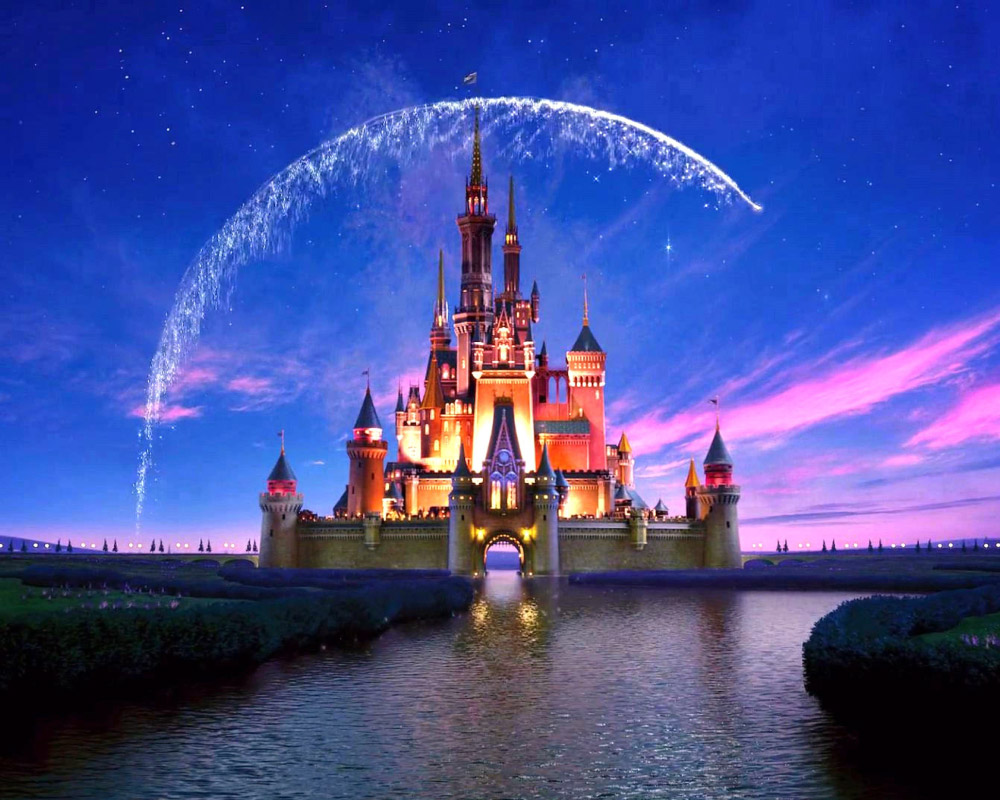Disney: An APAC Localization Case Study
|
Font size:
Disney, a name that enchanted the childhood of generations, continues to amaze the showbiz world with its incredible ability to remain relevant to film lovers everywhere. What is the company’s secret? How did it manage to remain centre stage when all the stories have been written, told, visualised, drawn, animated, etc., etc.? What can industry players learn from Disney’s success story?
In October 2021, the entertainment giant shed light on its expansion plans to Australia and the APAC region. In an interview with media platform Variety, Walt Disney Company’s Asia-Pacific President Luke Kang said, “We aim to create fifty original series and shows by 2023. OTT is quickly going mainstream and Disney Plus is well positioned to take part in that.”
Leaving no stone unturned, Disney plans to conquer the Australian and APAC markets with a slate of original content for Disney Plus addressing Disney lovers in Australia, Japan, South Korea, Taiwan, mainland China, Indonesia, and Malaysia.
All fifty shows are produced in local languages and span multiple genres ranging from documentary productions to action hero thriller series, romantic melodramas, mystery thrillers, and everything in between. The impressive diversity of content tailored to each region is about to reach the screens of millions of viewers across Asia-Pacific and Australia is Disney’s “most ambitious effort.”
In his interview with Variety, Kang also emphasised that “local language is a critical component in making sure that we are connecting with the consumer, not just in home markets, but also regionally.”
Disney’s exploits and failures in APAC: Focus on China
Was it enough? Could Disney have done better?
Despite the staggering investment and the film-maker’s local endeavours – casting famous Chinese actors like Yifei Liu, Tzi Ma, Gong Li, or Jet Li, sharing the script with the Chinese authorities and removing scenes and lines that did not appeal to local test audiences – Mulan started on the wrong foot.
Faced with filmgoers and reviewers’ blistering criticism for its precarious character development, historical inadequacy of the costumes and makeup, and haphazard references to Chinese symbolism – the jade symbolises military bravery not filial piety, as implied by the Disney production – the movie seemed doomed.
In his paper From Kundun to Mulan: A Political Economic Case Study of Disney and China, Hongmei Yu, Chinese Associate Professor in the Department of Modern Languages and Literatures at Luther College, highlights that the movie is not even remotely faithful to the Chinese folk tale, which sees Mulan resume her homely attire in the end. Comparatively, Disney’s adaptation of the folk tale turns the heroine into a strong-willed, feminist figure.
Most importantly, Yu argues, humour is nowhere to be found in the traditional story, nor is the mischievous dragon, Mushu, or Li Shang’s warm welcome to Mulan’s family.
Although suffering from “Hollywoodization”, Mulan remains a “love letter” to China and its cinema-goers, repositioning Disney on the country’s movie map – even if only as a “no-go”. Shocking, intriguing to many, the movie saw more than 250,000 downloads in three days, on a pirated content site, after its Chinese cinema debut, according to South China Morning Post.
Yet, content piracy is not the only flaw the production suffers from. The architectural style of Mulan’s house emerged in China several hundred years after Mulan had allegedly lived and originated in southern China. In contrast, Mulan’s story is set in the northern part of the country. According to an online movie reviewer, the scenery is beautiful, “but it will make any Chinese person who has studied geography go crazy”.
Only Disney could localize music
What made Disney so much loved?
What does Disney have in its APAC localization store?
But not everyone is a match for Disney. This is where a localization agency like Pangea Global can help you up your game across the world’s markets. With a dedicated team of local professionals across 75+ locales, we cover all the essential aspects of localization – from content culturalization to design and audiovisual adaptation. Contact us to find out what we can do for you.













